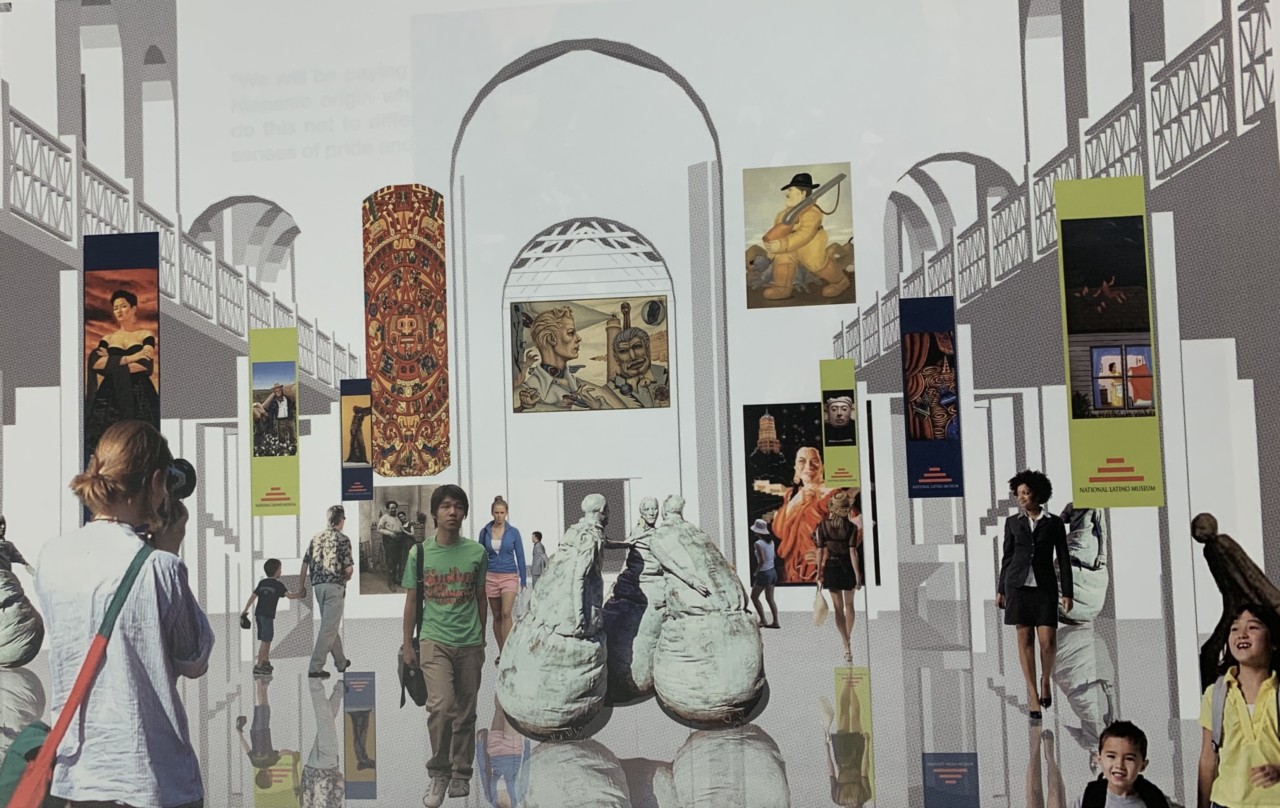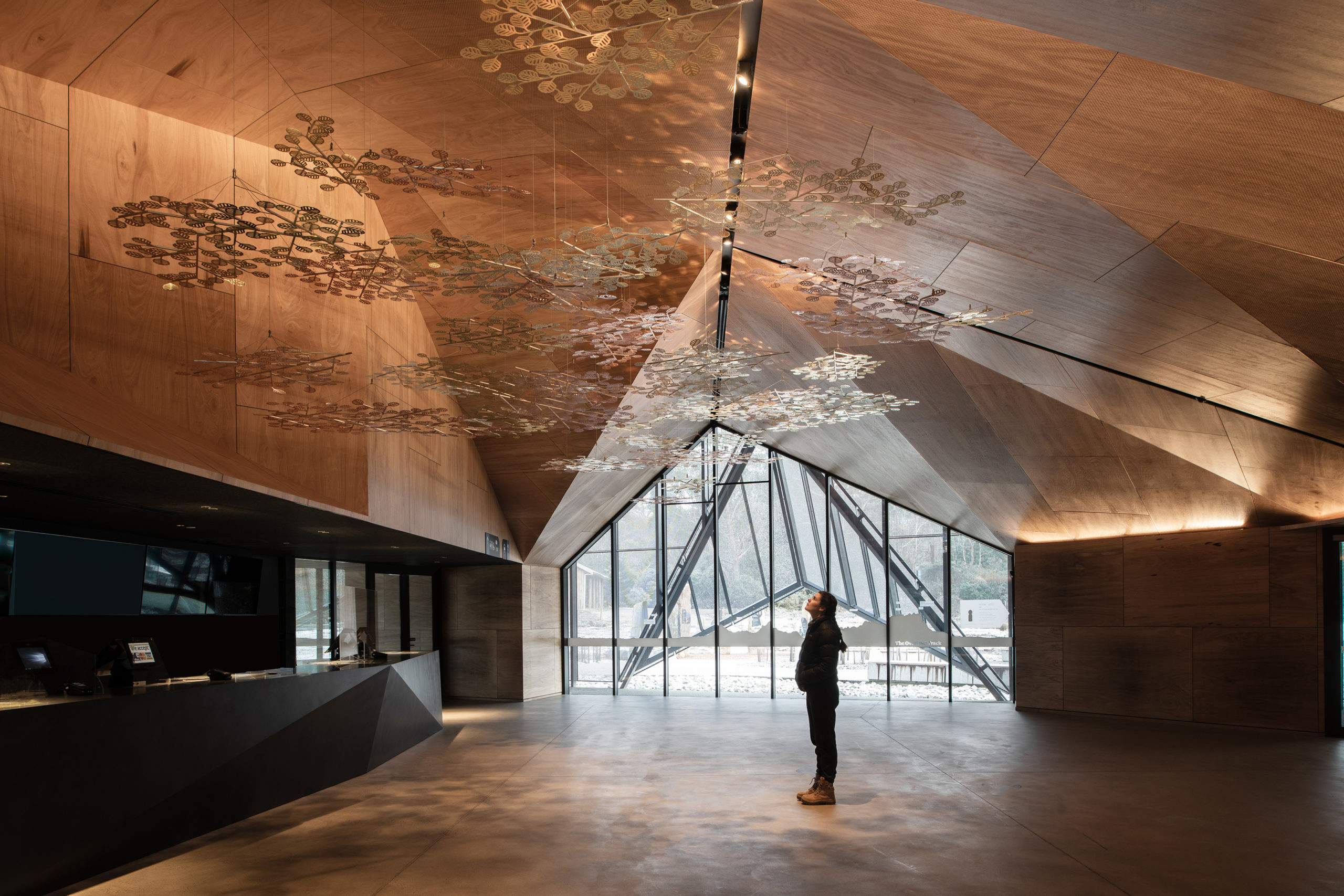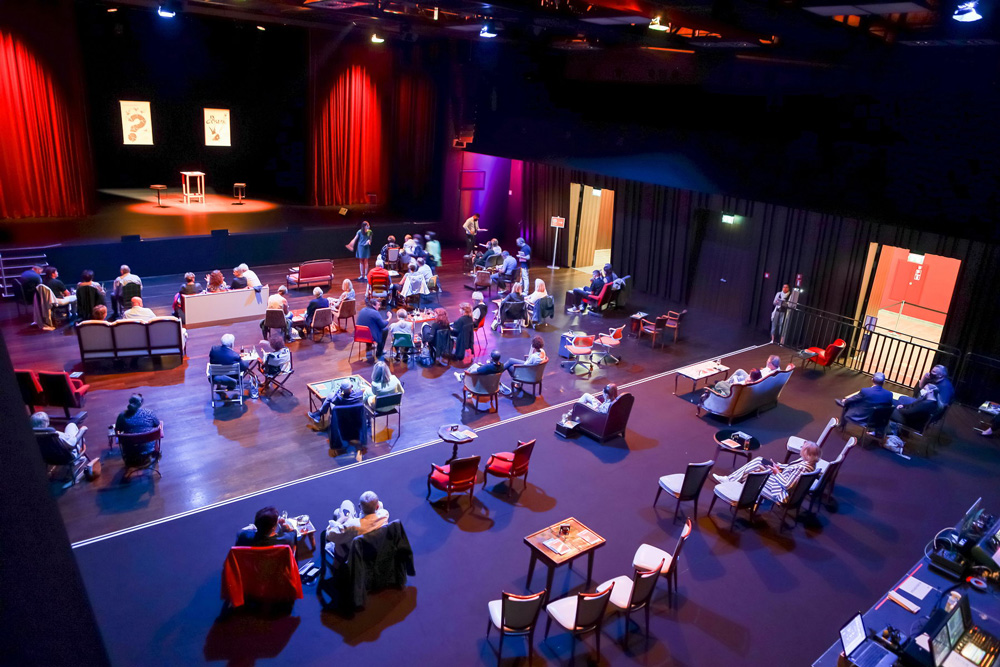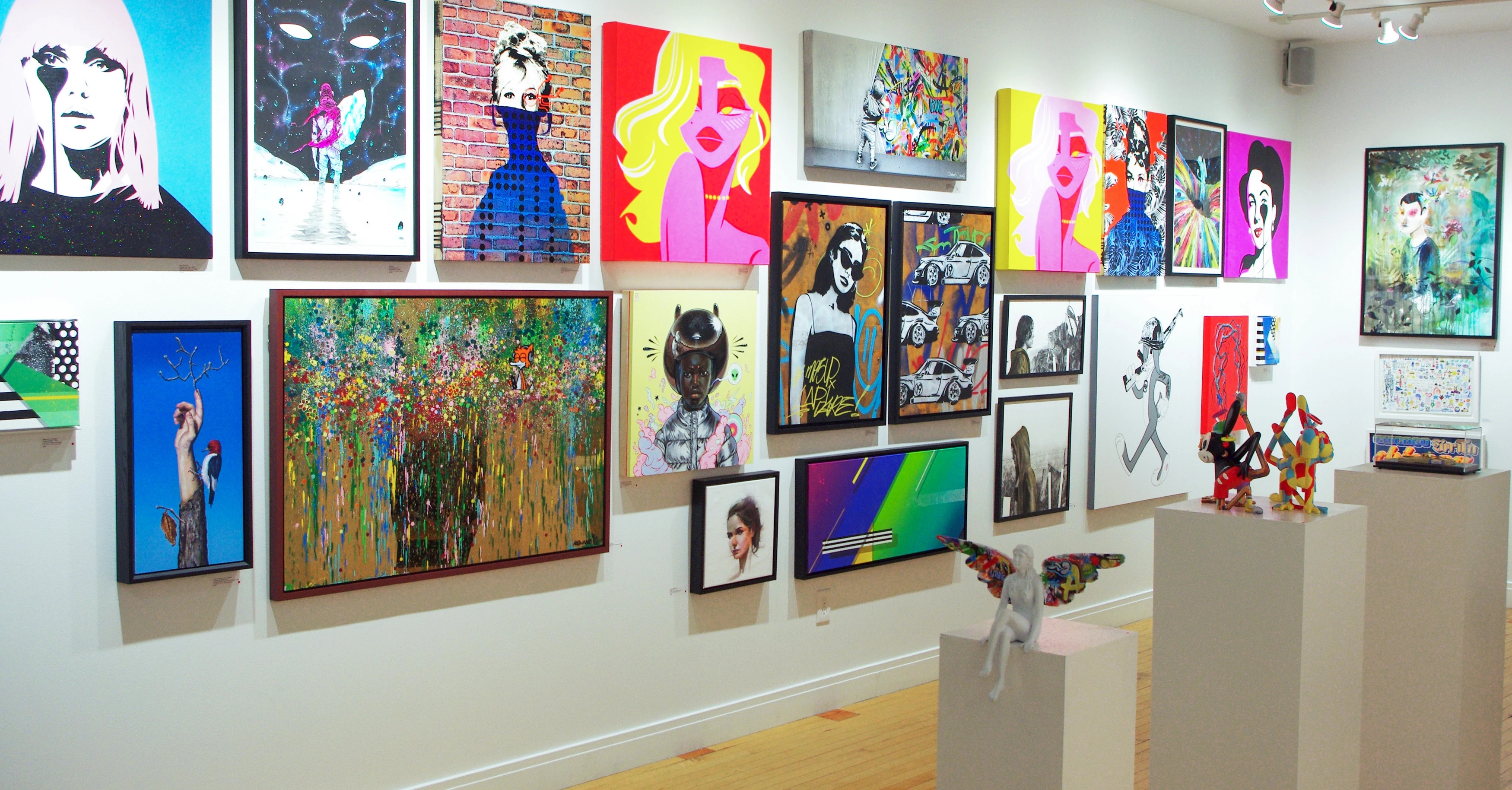Deliver Value Cultural Facilities - Fostering Vibrant Communities And Enriching Lives
Cultural facilities, Museums, art galleries, and performing arts theaters are examples of cultural facilities that promote historic, educational, cultural, or popular interests. They serve as custodians of art, history, and knowledge, offering spaces for artistic expression, education, and community engagement. To ensure their relevance and sustainability, deliver value cultural facilities to their visitors, stakeholders, and the broader community should be done.
Author:George EvansAug 03, 202315K Shares471.2K Views

Cultural facilities, Museums, art galleries, and performing arts theaters are examples of cultural facilities that promote historic, educational, cultural, or popular interests. They serve as custodians of art, history, and knowledge, offering spaces for artistic expression, education, and community engagement.
To ensure their relevance and sustainability, deliver value cultural facilitiesto their visitors, stakeholders, and the broader community should be done.
Visiting a free museum, passing by a historic building, or going to the theater are all activities that many people enjoy and are frequently subsidized by the government. Even if they are not directly used or visited, the presence of historic buildings and cultural facilities can be valuable to local populations.
Cultural legacy has great social and symbolic importance for local populations that are not always linked to monetary worth. However, historically, the value generated by these activities and infrastructure has not been measured in a way that may affect government policy.
In this article, we explore how to deliver value cultural facilities through enhancing visitor experiences, fostering community engagement, promoting inclusivity and diversity, leveraging technology, and contributing to economic and social development.
Enhancing Visitor Experiences
Enhancing visitor experiences is a critical aspect of delivering value to cultural facilities. The goal is to create a captivating and memorable encounter that leaves a lasting impact on visitors, fostering a sense of connection and appreciation for the institution's offerings.
This can be achieved through various strategies and innovative approaches that cater to diverse audiences and enrich their interactions with art, history, and cultural heritage.
Thoughtful Curation And Engaging Exhibitions
Thoughtful curation is the foundation of a compelling visitor experience. Curators carefully select artworks, artifacts, or exhibits that tell meaningful stories and resonate with the interests of the target audience. Engaging exhibitions are designed to immerse visitors in the subject matter, utilizing creative display techniques, lighting, and layout to evoke emotions and curiosity.
Interactive And Multisensory Displays
To further captivate visitors, cultural facilities are incorporating interactive and multisensory displays. Touch screens, digital installations, and audio guides allow visitors to actively engage with the exhibits, providing in-depth information and personalized experiences. These interactive elements appeal to various learning styles and encourage a deeper understanding of the content.
Technology-Enhanced Experiences
Leveraging technology can elevate visitor experiences to new heights. Augmented Reality (AR) and Virtual Reality (VR) can transport visitors to historical events, ancient civilizations, or artists' studios, making history and art come alive in a tangible and immersive way. Virtual tours and 360-degree experiences enable remote visitors to explore the facilities and exhibits, broadening accessibility and reach.
Educational Programs And Workshops
Cultural facilities play a vital role in education, and offering a diverse range of educational programs and workshops enhances their value.
These programs cater to different age groups and interests, from school field trips and family workshops to specialized lectures and masterclasses. By providing learning opportunities, cultural facilities contribute to the intellectual enrichment of visitors and the community.
Inclusive Design And Accessibility
Creating an inclusive environment is crucial to ensure that all visitors can fully participate in the cultural experience. Cultural facilities must consider accessibility for individuals with disabilities, offering features like ramps, elevators, and braille signage. Additionally, providing materials in multiple languages and accommodating various cultural backgrounds fosters a welcoming and inclusive atmosphere.
Fostering Community Engagement In Cultural Facilities
Fostering community engagement is about becoming an integral part of the local society and tailoring cultural offerings to reflect the community's needs and interests.
It involves building relationships with residents, artists, educators, and community organizations to create a sense of ownership and belonging. By doing so, cultural facilities become dynamic community hubs that celebrate cultural diversity and act as platforms for dialogue and creativity.
Collaborative Programming
Cultural facilities can actively involve the local community in programming decisions. Conducting surveys, focus groups, or public consultations helps identify the community's preferences and interests. Collaborating with local artists and performers to co-create exhibitions and events enhances the relevance and appeal of cultural offerings.
Community Events And Festivals
Hosting community events and festivals provides opportunities for residents to actively participate and celebrate their cultural heritage. These events can range from cultural festivals representing diverse traditions to community celebrations that engage different age groups. Cultural facilities become vibrant spaces where people come together to share, learn, and appreciate each other's cultures.
Educational Outreach And Partnerships
Engaging with local schools and educational institutions through outreach programs and partnerships extends the cultural facility's impact beyond its physical location. By offering educational resources, workshops, and tours tailored to school curricula, cultural facilities become valuable resources for teachers and students alike, supporting lifelong learning.
Community Art Projects And Exhibitions
Incorporating community art projects and exhibitions allows residents to express themselves and contribute to the cultural fabric of the region. Cultural facilities can provide spaces for local artists, schools, or community groups to showcase their artwork, fostering a sense of pride and creativity among residents.
Involvement Of Local Historians And Storytellers
Local historians and storytellers possess a wealth of knowledge about the area's history, traditions, and folklore. Inviting them to participate in cultural facility events as guest speakers or guides enriches the visitor experience and creates a deeper connection between the community and its cultural heritage.
Promoting Inclusivity And Diversity
Promoting inclusivity and diversity in cultural facilities is essential to ensure that these institutions are welcoming and accessible to people from all backgrounds and abilities.
Embracing inclusivity means acknowledging and respecting the uniqueness of each individual and actively seeking ways to engage and involve diverse communities. By doing so, cultural facilities can foster an environment where everyone feels valued and represented, promoting cross-cultural understanding and appreciation.
Addressing Physical Accessibility
Cultural facilities must be designed and equipped to accommodate individuals with disabilities. Installing ramps, elevators, and accessible restrooms ensures that visitors with mobility challenges can navigate the spaces comfortably. Braille signage and tactile exhibits cater to visitors with visual impairments, enhancing their experience and engagement.
Providing Multilingual Materials
To reach a broader audience, cultural facilities can offer materials in multiple languages. This may include exhibit descriptions, brochures, audio guides, and digital content. By providing information in visitors' native languages, cultural facilities break down language barriers and create a more inclusive atmosphere.
Showcasing Diverse Cultural Representations
Cultural facilities play a significant role in representing and celebrating diverse cultures. Exhibits and displays should reflect a broad range of cultural heritages, traditions, and contemporary expressions. By showcasing artworks, artifacts, and performances from various backgrounds, cultural facilities foster an appreciation of cultural diversity among visitors.
Programming For Inclusivity
Inclusivity should be integrated into the programming and events offered by cultural facilities. This includes creating programs that cater to specific communities' interests and needs. Hosting events that celebrate cultural festivals and traditions allows visitors to experience different customs and engage in intercultural exchanges.
Collaborating With Community Groups
Engaging with local community groups and organizations is a powerful way to promote inclusivity. Collaborating with cultural associations, social clubs, and advocacy groups enables cultural facilities to gain insights into diverse perspectives and preferences. It also fosters a sense of ownership and belonging among community members.
Role Of Technology In Innovating Cultural Facilities
Technology offers cultural facilities numerous opportunities to innovate and enhance visitor experiences. By adopting and integrating technological advancements, these institutions can expand their reach, provide interactive and immersive encounters, and preserve cultural heritage in new and exciting ways.
Virtual Exhibitions And Digital Archives
Virtual exhibitions and digital archives enable cultural facilities to preserve and share their collections beyond physical limitations. Online platforms allow visitors from all over the world to explore exhibits and artifacts virtually, expanding the facility's audience and influence.
Augmented Reality (AR) And Virtual Reality (VR)
AR and VR technologies create immersive experiences that transport visitors to different times, places, or artistic worlds. By combining real-world surroundings with computer-generated elements, cultural facilities can offer interactive and educational encounters that captivate and inspire.
Mobile Apps And Audio Guides
Mobile apps and audio guides provide visitors with personalized and self-guided tours. Visitors can access detailed information about exhibits, artworks, and historical facts directly on their smartphones or handheld devices, enhancing their understanding and engagement.
Social Media And Online Engagement
Cultural facilities can leverage social media platforms to engage with their audience in real-time. Live streaming events, behind-the-scenes tours, and interactive Q&A sessions create a dynamic and interactive virtual community.
Contributing To Economic And Social Development
Cultural facilities play a significant role in contributing to both economic and social development within their communities. Beyond their intrinsic value in preserving art, history, and cultural heritage, these institutions can have far-reaching impacts that extend to the local economy and society at large.
By fostering tourism, creating job opportunities, promoting cultural pride, and facilitating social cohesion, cultural facilities become catalysts for positive change and growth.
Boosting Tourism And Visitor Spending
Cultural facilities often attract tourists and visitors from both near and far. Tourists who visit cultural facilities contribute to the local economy by spending on tickets, souvenirs, restaurants, accommodation, and other services. This influx of tourism spending can have a significant multiplier effect, benefiting local businesses and generating revenue for the region.
Job Creation And Economic Growth
The operation and maintenance of cultural facilities require a skilled workforce, which leads to job creation in various sectors, including museum staff, curators, educators, security, hospitality, and event management. These employment opportunities contribute to the overall economic growth of the community and reduce unemployment rates.
Cultural And Creative Industries
Cultural facilities are part of the larger cultural and creative industries, which encompass art, design, entertainment, media, and more. By nurturing these industries, cultural facilities foster creativity and innovation, generating intellectual capital that can lead to economic advancements in related sectors.
Revitalizing Urban Areas
Cultural facilities can serve as anchors for urban revitalization projects. By establishing cultural districts or renovating historic buildings, these institutions breathe new life into neglected neighborhoods, attracting investment, and encouraging the development of complementary businesses and cultural venues.
Enhancing Community Well-Being
Cultural facilities contribute to the social fabric of a community, enhancing its well-being and sense of identity. They provide spaces for gathering, learning, and celebrating shared heritage, fostering social cohesion and a sense of pride among residents.
Lifelong Learning And Education
Cultural facilities serve as educational resources for people of all ages. School programs, workshops, and guided tours offer valuable learning experiences, enriching the knowledge and cultural awareness of students and lifelong learners.
Social Inclusion And Cohesion
Cultural facilities promote social inclusion by providing spaces that are accessible and welcoming to all individuals, regardless of their backgrounds or abilities. They act as platforms for cross-cultural interactions, encouraging dialogue and understanding among diverse communities.
People Also Ask
What Are Cultural Facilities, And Why Are They Important?
Cultural facilities refer to venues such as museums, art galleries, theaters, libraries, and more, that preserve and showcase art, history, and cultural heritage. They are essential because they provide spaces for artistic expression, education, and community engagement, fostering a sense of identity, pride, and cohesion within societies.
How Can Cultural Facilities Enhance Visitor Experiences?
Cultural facilities can enhance visitor experiences by investing in thoughtful curation, engaging exhibitions, and interactive displays. They can also leverage technology like augmented reality and virtual reality to create immersive experiences, as well as provide digital guides and touch screens to offer in-depth information and encourage self-guided exploration.
How Do Cultural Facilities Foster Community Engagement?
Cultural facilities foster community engagement by involving local residents in the planning and programming of the institution. They collaborate with local artists, performers, and educators to create programs and events that reflect the community's traditions and interests, creating a sense of ownership and relevance for the local population.
Why Is Promoting Inclusivity And Diversity Crucial For Cultural Facilities?
Promoting inclusivity and diversity is vital for cultural facilities to ensure that they are welcoming to all individuals, regardless of their backgrounds or abilities. It involves addressing physical accessibility, providing materials in multiple languages, and showcasing artworks and artifacts from various cultures, fostering cross-cultural understanding and appreciation.
How Can Technology Be Leveraged To Innovate Cultural Facilities?
Technology can be leveraged to innovate cultural facilities in various ways. Online platforms can extend the reach of these institutions to global audiences, while virtual exhibitions and digital archives preserve and disseminate cultural artifacts and knowledge. On-site, mobile apps, augmented reality, and social media can enhance visitors' experiences and create an engaged community.
Conclusion
Deliver value cultural facilities is an ongoing and dynamic process that requires creativity, adaptability, and a deep commitment to the community they serve. By enhancing visitor experiences through thoughtful curation and innovative technologies, fostering community engagement and inclusivity, and contributing to economic and social development, cultural facilities can fulfill their vital role as guardians of heritage and catalysts for vibrant, enriched communities.

George Evans
Author
George Anderson, an exceptional architectural designer, envisions and brings to life structures that transcend the realm of imagination. With an unwavering passion for design and an innate eye for detail, George seamlessly blends form and function, creating immersive spaces that inspire awe.
Driven by a deep appreciation for the interplay of space, light, and materials, George's innovative approach redefines the possibilities of architectural design. His visionary compositions leave an indelible mark, evoking a sense of wonder and transforming the built environment.
George Anderson's transformative designs and unwavering dedication continue to shape the architectural landscape, pushing the boundaries of what is possible and inspiring generations to come.
Latest Articles
Popular Articles


